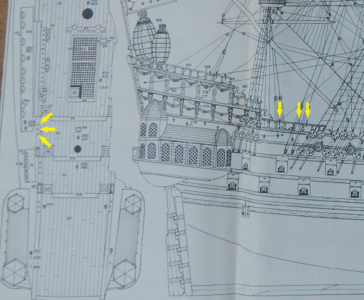Boy, THAT is a can of worms. We all assume that as price increases, the amount of research that makes a kit be accurate would go up in proportion. We also expect nice hardwoods in expensive kits. Both are often not true, and like buying a used car, you have to measure each kit and rate it on several factors. You can make all the categories you want; drawing clarity, drawing detail, drawing accuracy, wood quality, decoration material and quality, etc. Things also vary not only between manufacturers, but among the kits they manufacture. Thus, there is no best manufacture. Before buying a kit, you have to get your priorities defined as to what you care about most/least. Most kits are fair on accuracy, and none are spot on, and all can benefit from you adding some details to make it better. Why are some kits way off the mark accuracy-wise? Usually to keep costs down because research costs time and money. ALL kit makers want to make money. Some make poorly detailed kits, others use only basswood for materials.
How do you determine if a kit is accurate? (You won't like this . . ) RESEARCH. It costs you time and money. You read forums, buy books, use the internet, and pay for all the time and effort that a kit was shorted. If you have high standards, you take a kit and radically correct it with changes from your research. Some with skills and experience with drafting, engineering, hand crafting, and wood working go right to scratch building from plans. The easiest route is to buy a kit and bash the hell out of it. You make all the changes as you build.
Perhaps Donnie can figure a way we can each add to a spreadsheet that lists specific kits by name that we can start adding comments on errors found on kit drawings as a start. From there, oversimplifications found in a kit can be listed with suggestions for adding details which enhance the accuracy of a kit. Such changes could be listed by difficulty, easy, moderate, and hard to perform. The database would be large enough just containing comments on errors alone.
I'll start...
Corel's La Couronne 1:100 scale
These belaying pins do not agree between the side and top views on the drawing. Which one is correct? No one knows, so take a guess. Belaying pins were not used to this extent on railings in the 1630's, so a more accurate guess involves tying the lines to the railing directly.
View attachment 316779










